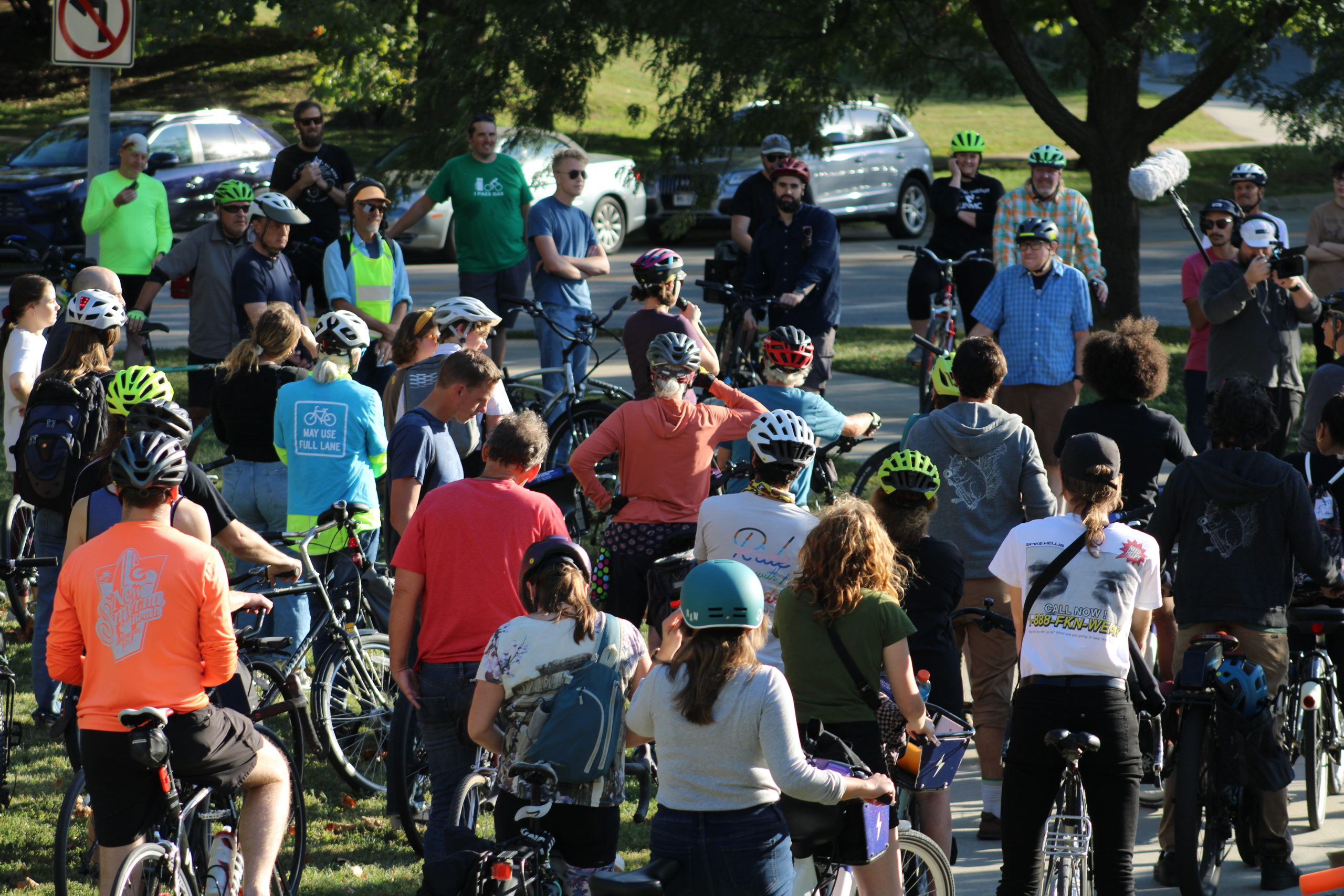Officials in Papillion and La Vista are considering cutting funding for the Tri-Communities Express bus line (route 93) from their cities’ 2014 budgets. Riders have mobilized against the cuts, including creating an online petition. A public hearing regarding the budget is tonight.
Supporting public transit makes economic sense, the benefits far outweigh the relatively minimal cost. This recent article on Atlantic Cities describes research that shows “the hidden economic value of transit could be worth anywhere from $1.5 million to $1.8 billion a year, depending on the size of the city.” Other research shows that:
- Every dollar communities invest in public transportation generates approximately $4 in economic returns.
- Every $1 billion invested in public transportation supports and creates 36,000 jobs.
- Every $10 million in capital investment in public transportation yields $30 million in increased business sales.
- Every $10 million in operating investment yields $32 million in increased business sales.
Everything in our transportation system is subsidized by tax dollars; the issue is how we choose to distribute these subsidies. Today’s transportation policies focus on moving and parking cars not on supporting transit, which means most of us have little choice but to drive a private vehicle for transportation, the cost of which is an average of $8,776 per year according to AAA (a de facto tax because we are forced to purchase and maintain a vehicle in order to participate in the community).
Conversely, public transit provides many benefits to the community, including increased mobility and improved quality of life for citizens, creating jobs and economic opportunities, saving individuals money, and reducing congestion and energy consumption. It also reduces the need to build parking lots, highways and interstate exchanges, which come with exorbitant price tags (new highway lanes are estimated at $1 million per lane mile).
We should also consider that travel demand patterns are changing. Nationally, younger generations have substantially reduced their average annual number of vehicle miles traveled while increasing their use of public transit. A report by the Frontier Group (Transportation and the New Generation) shows that from 2001 to 2009, the average annual number of vehicle miles traveled by 16 to 34-year-olds on public transit increased by 40% while vehicle miles traveled decreased by 23%. Locally, surveys done by the Greater Omaha Chamber’s Young Professionals have found that YPs consistently call for better public transportation options. There will soon also be a pressing need from aging baby boomers for public transit when they are not able to drive.
Given the data and trends, we should be talking about ways to ADD more bus routes rather than eliminating them.


Excellent post! And not only does public transit offer practical and economic benefits, it also expands freedom by giving us more choices in how to get where we want to go. Thanks for mentioning the high cost of owning a car and the public subsidies for private motor vehicles! I’d like to see more public support for walking, cycling, and transit because these options give us freedom of movement.
As a Bellevue resident, I’d love to ride transit to Papillion. What if the Tri-Communities had transit that connected to transit lines in Omaha? What if transit could take people from Sarpy County to the Old Mill area, Millard, and west Omaha, where many more people work than in the past? What if Omahans could take transit to the Tri-Communities? What if Sarpy County residents could take transit to downtown Omaha events without parking and traffic hassle?
I hope Sarpy County will expand transit rather than giving up on it.